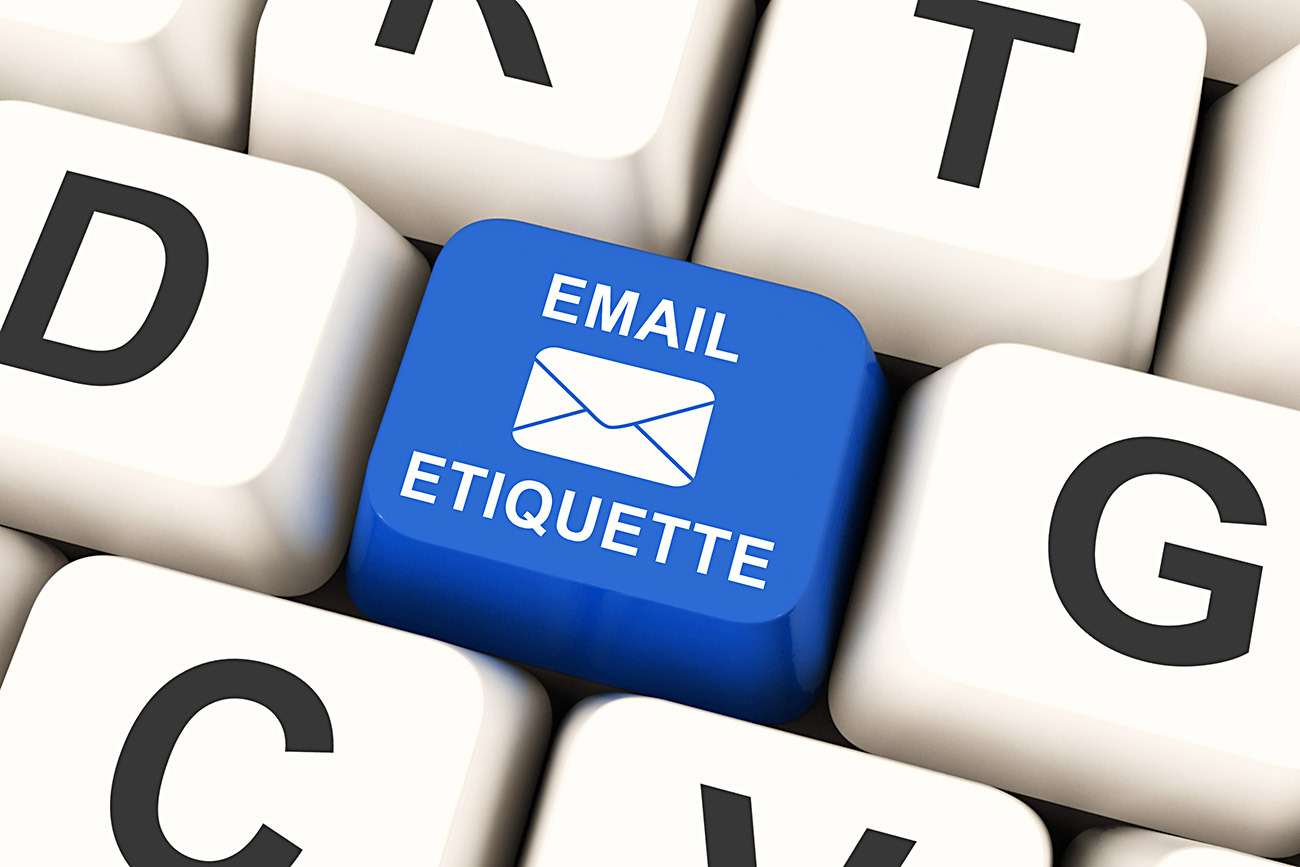Email etiquette

Email is a wonderful tool, but for some people - the really busy ones - it can become overwhelming. When I was the department chair, even if I spent all day on emails, I would never finish the day with less emails in my inbox than I started with. My friend and colleague Greg Molecke devised the following email policy for our department. I found it was actually very helpful. Greg and I hope you do too!
Email Timing and Management Etiquette
1. Downtime Etiquette – You should be having email-free evenings (17.30pm-8.30am), weekends, and holidays. Use send later function if you have to work out of standard hours.
2. Email-Free During Work Etiquette – It is prefectly OK and encouraged to block out larger blocks of time free of emails and meetings to get others things done.
3. Return from Vacation Etiquette – While on a longer vacation, consider adding to this phrase or similar to your Out of Office message: I will not be reading emails sent between [START DATE] and [END DATE]. If you need me to action or read something please resend after [END DATE], otherwise I may assume your query has been addressed by others. In my absence or for urgent matters, please contact [EMAIL address].
Email Efficiency Etiquette
4. Keep It Short Etiquette – Keep email short, use other channels for longer, complex issues.
5. Use Subject Line Only Emails Etiquette – Use acronym EOM (End of Message) to show your entire message is in the subject line and recipient does not need to open the email.
6. Useful Subject Line Etiquette – Help your colleagues by using subject line that is informative and can be used to search for messages. Also, you can use these acronyms: SA (Situational Awareness) or FYI (For Your Information), NYR+WHEN (Need Your Response + Today/ASAP/ End of Week/[Date]).
7. “No Reply Necessary” Etiquette – Give people permission to not reply to emails by adding NRN “no reply necessary” to the end of the message or in the subject line.
8. Address Email Last Etiquette – Complete your email before adding the To: addresses.
9. One Solver Only Etiquette – If you aren’t sure who to send a message to – send it to only your best guess.
10. Action Email Etiquette (CC Wisely Etiquette) – Aside from general announcements, only copy people on emails if there’s an action required by that person.
11. No Reply-All Etiquette – Similarly, avoid the “reply all” button unless absolutely necessary. Set up your email system so the default is reply not reply all.
12. Direct-To-Calendar-Invite Etiquette – Organize meetings directly through calendar invites. Check everyone’s availability in Outlook first. Subject = meeting’s purpose. Consider using MS Bookings or Calendly. Default to 15-minute meetings rather than 30-minute meetings.
13. Accept Calendar Invite Etiquette – When accepting a meeting, respond to the calendar invite first. An accepted calendar invite replaces the need for email confirmation of a meeting.
14. “No Human Google: Etiquette or “It’s in the handbook” Etiquette – Whenever you send a question related to a policy or procedure, signal to people that you aren’t using them as a human google by including a line that states where you have already looked. Dont forget a Google search for “[what you’re looking for]” works surprisingly well!
15. No Task-Processing Etiquette – Avoid emails documenting your progress on each step or task.